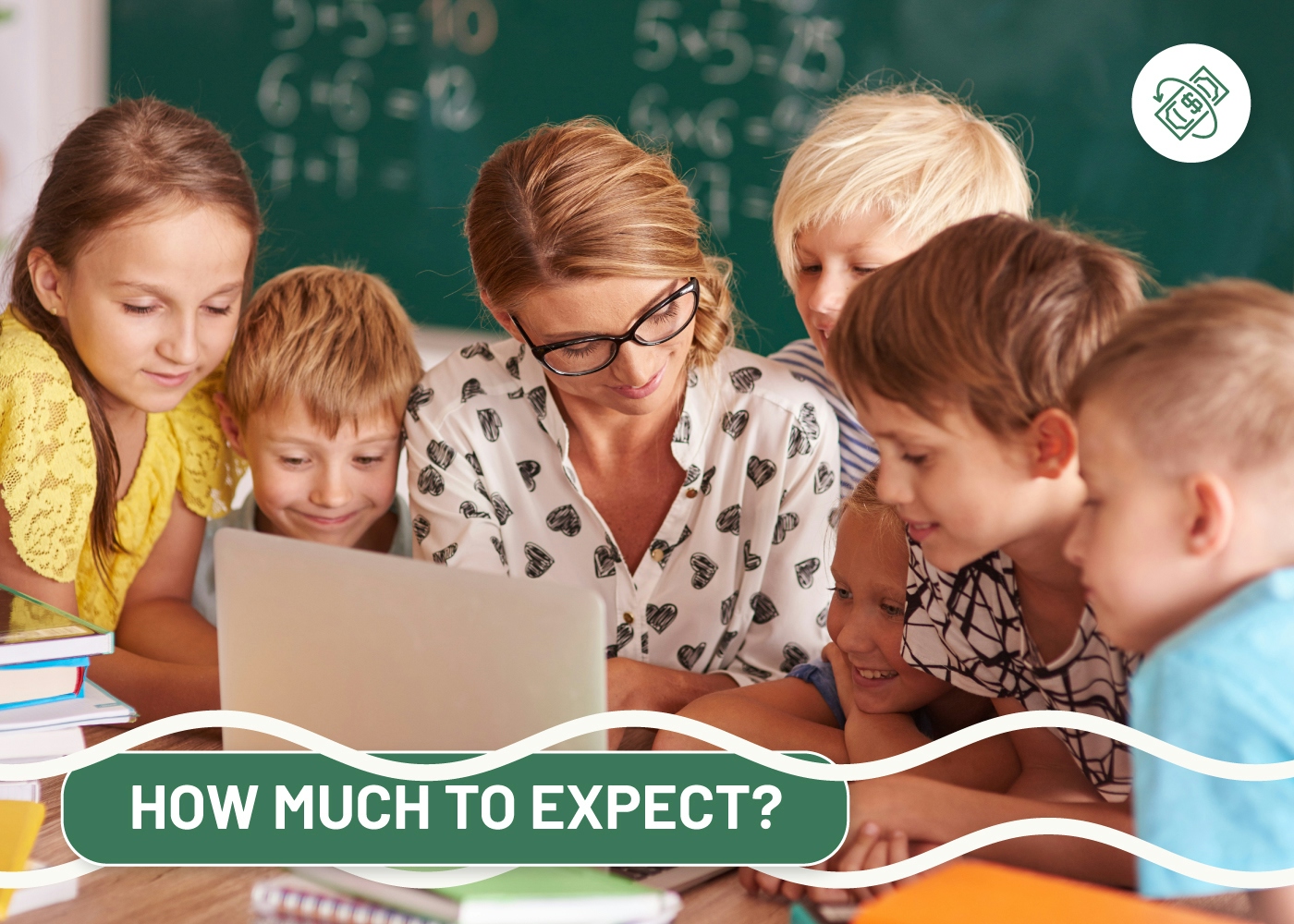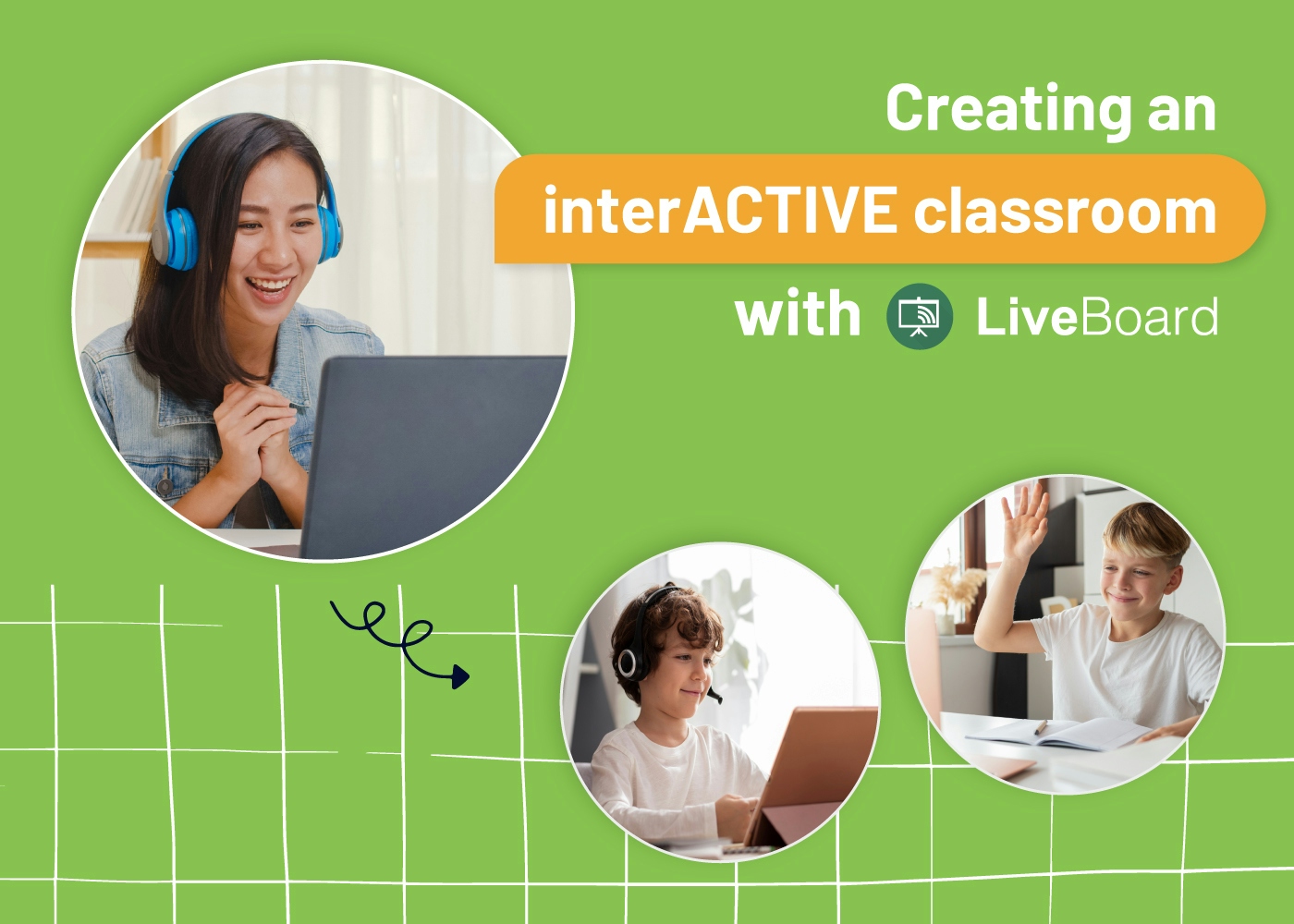With the global pandemic inevitably leaving its mark on education, many students are plagued with unfinished learning. As such, COVID-19 was not the only issue that sparked this misfortune. Students were struggling with unfinished learning even before that and now. This can be because of various issues in separate cases, such as lack of access to technology or taking an unplanned emergency break. But with the pandemic’s wide-scale impact, the problem has been regarded as more urgent.
Indeed, tutoring has its benefits, but you will also have very challenging cases where more responsibility will lie on your shoulders. Many clients will need you to fill in the gaps of unfinished learning. We’ll discuss what unfinished learning is and how you can address it as a tutor to get you ready.
What is Unfinished Learning
Unfinished learning is when a student has not completed the entire curriculum for a specific grade or level. Unfinished learning can also refer to concepts or skills that a student could not master during their time in school. In both cases, unfinished learning will impact students’ future academic success.
It is important to note that unfinished learning is not the same as a student falling behind. A student may be able to catch up independently, whereas unfinished learning will require some intervention.
There is also a wide misconception between “unfinished learning” and “learning loss.” The latter means that a student has forgotten some of the material they have learned in the past. In contrast, unfinished learning occurs when a student never had the chance to learn certain concepts or skills in the first place or is struggling to master those.
Causes of Unfinished Learning

There are many reasons why students may have unfinished learning. Here are some of the most common ones.
Lack of access to technology
It is hard to imagine learning without technology in this day and age. But for some students, that is still a reality. Those who come from low-income households or live in rural areas may not have access to the internet or a computer. This puts them at a disadvantage regarding online learning, which has become the new norm.
Taking unplanned breaks
In some cases, unfinished learning may be due to an unforeseen event, such as a pandemic. With the COVID-19 outbreak, many students had to take an emergency break from their studies. Aside, this also includes students who had to take a leave of absence from their university or had to stop attending classes. It also means that any academic progress that they were making would suffer.
Lack of interest or motivation
This is often seen in students who have been out of school for a long time or those who never really enjoyed going to school in the first place. Additionally, students may have not been interested in the topic or find it too difficult.
Poor time management skills
Another common cause of unfinished learning is poor time management skills. This is often seen in students who procrastinate or have difficulty focusing on their studies, or struggle to prioritize between other activities.
How Can You Effectively Address Unfinished Learning as a Tutor

These tips should get you started if you’re a tutor looking to help students with unfinished learning. Remember that addressing unfinished learning will ultimately depend on the individual case. Regardless of the approach, it is essential to be patient and understand that unfinished learning can take time to address.
Start With an Assessment
It is vital to assess their unfinished learning when you first start working with a student. This will give you a better understanding of what concepts or skills they need help with. In some cases, the unfinished learning may be due to a specific topic that the student struggled with in the past. In other cases, it may be a combination of several topics. As their tutor, you have to figure out the gaps that need to be filled to make the process most effective.
Make a Plan
Once you have assessed the unfinished learning, you can start making a plan. This plan will involve setting goals and objectives for the student to achieve. It is crucial to make sure that these goals are realistic and achievable. Additionally, the plan should also be flexible, as there may be times when the student needs to take a step back or may not be able to meet their goals.
Use Different Approaches
When it comes to unfinished learning, there is no one size fits all approach. You will need to find what works best for the student. This may involve using various methods, such as visual aids, hands-on activities, or even games that will keep them engaged. LiveBoard would be an excellent addition to your toolbox, and it can help arouse more interest and enthusiasm within your students in participating and staying involved with the class. You can make your classes effective with visuals (images, pdf files) and interactive with a collaborative whiteboard that both students and tutors can use simultaneously. LiveBoard also allows you to have multiple workplaces to work with multiple individual students and groups and save the boards into shareable formats for future reference, etc.
Be Patient
Unfinished learning can often be a slow and gradual process. Be patient with the student and understand that they may not be able to progress as quickly as you’d like. Additionally, it is also vital to provide support and encouragement to the student so that they don’t get discouraged.
Monitor Progress
Lastly, it is equally important to monitor the student’s progress. It will allow you to see how well they progress and if any areas need improvement. Additionally, this will also allow you to adjust the goals or objectives.
Conclusion
Unfinished learning can be a big challenge, but it is important to remember that every student is different. As a tutor, you will need to find what works best for the student and be patient with them. With time and effort, you can help the student fill in the gaps in their learning.


